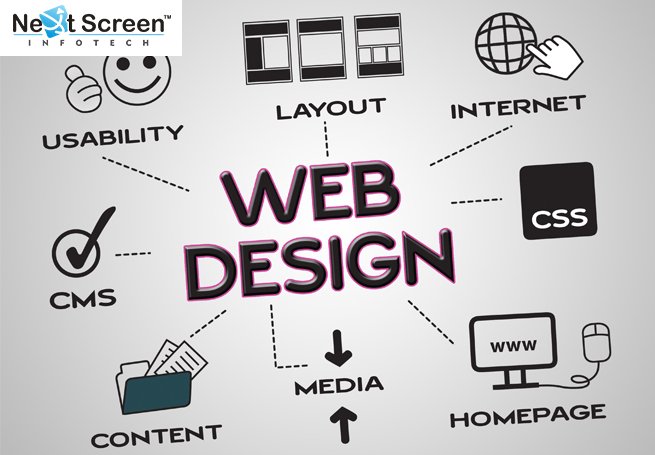Dealing with a web designer can be an intimidating task for many businessmen. Many a time, marketers walk away without having any clue about what just happened or they have had to enquire about so many things that after a point of time everybody ends up feeling frustrated.
When you bank on a web design company in India, sometimes you try hard to follow along with a professional. But not always you’re totally satisfied with the end result. Time has come to put an end to this.
In today’s post, you’ll learn 3 fundamental building blocks of all websites to make yourself capable of understanding the technical aspects of your website. Guided with this knowledge, you can finally comprehend and communicate with your professional web designer and turn your future projects just the way you want them to.
Without further ado, let’s talk about these 3 basic things that denote a website’s structure, appearance and behavior.
1. Hyper Text Markup Language (HTML)
Press “Ctrl” key together with “u”, or right click on a web page and click “view page source”. You can see a lot of codes and words that you don’t even understand. If you go through it carefully, you’ll be able to read some words that you have already seen when you opened that web page. However these words are also broken up with tags in the source file. These are known as Hyper Text Markup Language or HTML tags.
HTML is used for structuring a website’s content. With this, all the jumbled texts in a webpage can come together into a structure. Nowadays modern Content Management Systems (CMS) proffer automatically generated HTML. No one has to write all the tags manually anymore. But yes, you can always include any custom HTML according to your website’s need.
2. Cascading Style Sheet (CSS)
Using CSS, you can set the appearance of a web content. CSS gives you the chance of changing a website’s appearance easily and keeping it throughout the entire site.
This is commonly defined in a different file from the HTML of a certain web page. Thus there will be a need of getting access to the site’s CSS which is usually known as a “stylesheet”, if you desire to make changes. You must keep a backup copy of your website’s original CSS file in case you goof something up and as a result, damage your website by accident.
3. Javascript
I have already discussed that HTML builds the structure of a website and CSS defines how that particular structure should look exquisitely. Do you think these are the things that are enough for designing a webpage? Well, for some websites, yes, these are all you will require. However, what if you want your website to actually perform some certain things, like pop up a message window whenever somebody visits the page for a definite amount of time or to reaffirm that a visitor actually wants to leave a page? Here comes the part of Javascript.
Javascript defines a website’s behavior. Sometimes a website can have Javascript on it without the owner even realizing. Most web analytics utilize Javascript to track the time amount of a visitor’s stay on the site, the actual place from where the visitors come and many more.
The fact is Javascript is a programming language and that is why it takes time to learn. So it’ll be better if you leave this entire matter to a professional developer to secure your precious time.
In our opinion, the above-mentioned languages can be complicated and should be left to a skilled web designer. When it comes to choosing the best web designer in India, trust the website designing business in Kolkata. After a thorough research, you can easily hire a trusted and experienced web designer that can offer you the best assistance and meet your every need. But yes, this is also true that a passing understanding can assist you to sort through the subject matter and complex words you are likely to hear if you bank on a professional website designer.
Hope you have found today’s post useful. Feel free to share your views.
